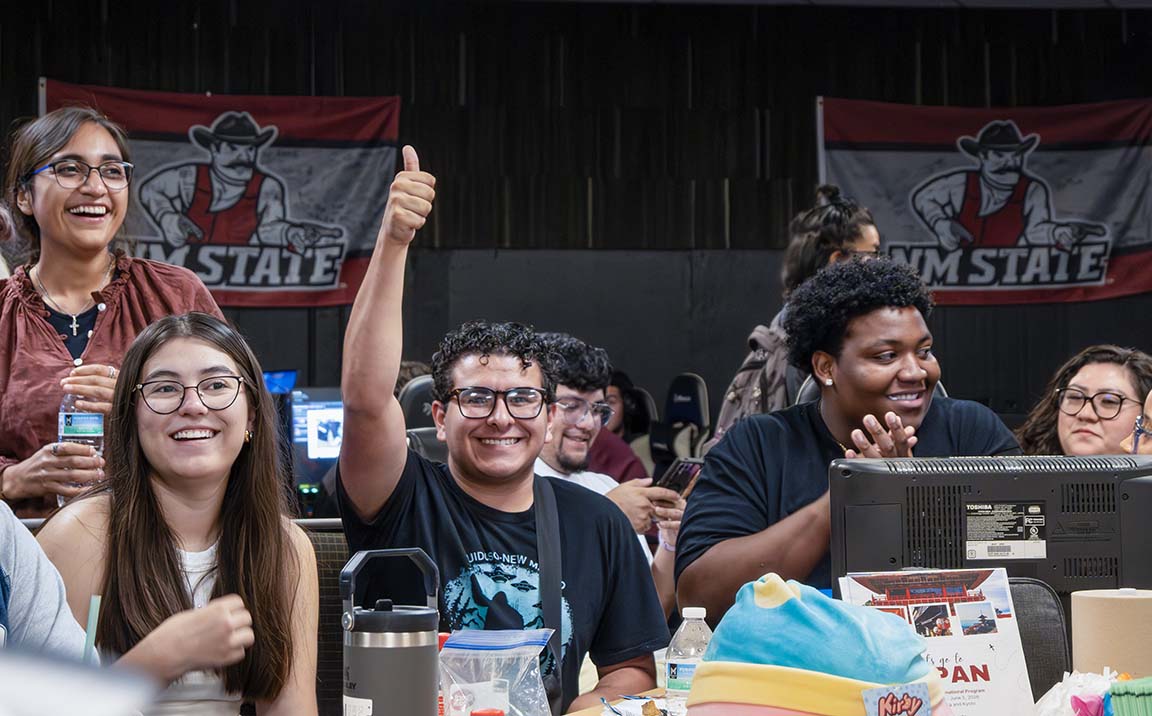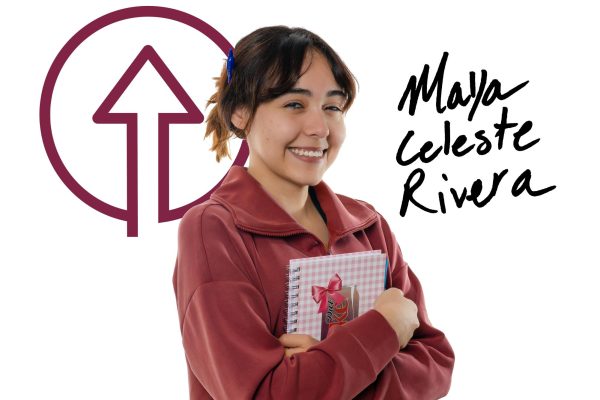Nothing but a windowsill and an old lamp on the stage where two characters meet. Both are trying to live in a world where undocumented children grow up in a world of confusion after the terrorist attacks on 9/11. New Mexico State University’s Department of Theatre Arts put on a production of ‘Sanctuary City,’ a play by Martyna Majok, directed by NMSU associate professor, Larissa Lury.
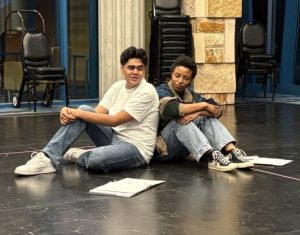
This story follows two immigrant teenagers who were brought to the United States as children. G, played by Emily Sierra Glover, and B, played by Edward Leyva, have to learn how to navigate the states after the tragedies on 9/11, with the fear of deportation looming.
The audience gets to watch the two characters find solace in one another, as they are the only ones who understand their situation. We watch the characters interact and get a glimpse of G’s home life when she visits B’s bedroom for a safe place from her stepfather’s abuse.
Soon, B is left behind by his mother, who decided it’d be better to go back to their home country. B is left with the worries of being alone and without citizenship. As time passes, G gains citizenship and attends college, and B stays behind, trying to become a citizen after his mother left him, but they make a promise to each other. Both Glover and Leyva played these characters very well. Not only did the two make the light-hearted moments fun and exciting to watch, but the deep emotions the actors showed were moving.
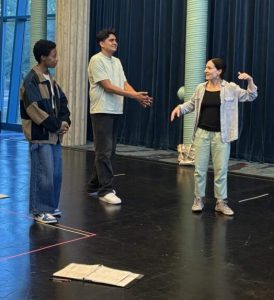
In the second scene, B and G are adults. Another character, Henry, played by Jared Long, is introduced to the audience in this scene and adds another point of view of the situation and relationship between B and G. Tension filled the theater room in these moments. Henry is the love interest of B and the child of immigrant parents. Having this character added to the story explored a new dynamic from B and G, since they juggle with different backgrounds.
Throughout the play, we see time passing with simple scenes and sincere interactions between the lead actors, who easily fit into their roles, diving into the depths of the characters. We watch the characters grow up, shown as a flashback of memories being played in their mind; they might not remember what’s around them, but they remember each other and everything that’s happened.
During the transitions between flashbacks of memories, the lights would turn off for a period of time. While this could be seen as an overwhelming sequence, the director made it a symbol.
“That stage direction of a singular light going off and coming on got me thinking about what it means for a light to be on or off: Leaving and returning. The sense of possibility or hope is dying or appearing. Endings and beginnings,” Lury said in her director’s note.
Through the flashbacks, we see production move items around on stage while the characters change their costumes. Signifying they’re changing as people. As this is happening, there are no more flashbacks or repetitive scenes, but small audio clips playing from the passing years. They are in the moment. That little detail evoked a familiarity and longing for what time and experiences do to people.
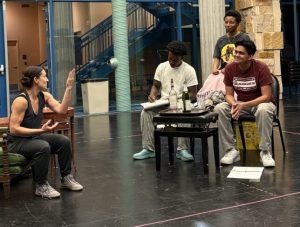
After the showing on Saturday, Oct. 11, there was a discussion held with the director, the cast, and Dr. Teresa Maria Linda Scholz, the NMSU VP of the Office of Land Grant Inclusive Mission. They discussed how much the play related to stories told today. The ast shared their journey of getting into their characters. To achieve a connection between the actors and their characters, production brought in consultants to talk about their stories, dealing with deportation, and fear of being singled out due to their identity, even the ICE raids happening today.
Overall, the play is filled with emotions that tell of the hardships many immigrants have to face. The production following two characters helps people understand that, although this was right after 9/11, not much has changed for undocumented children and students. People lose opportunities or are scared to be themselves.


